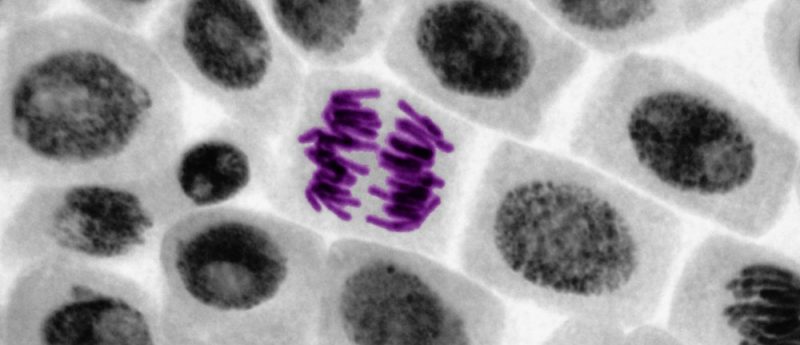Study demonstrates how innate immunity promotes tissue regeneration

Researchers from Houston Methodist have demonstrated that innate immunity can enhance the formation of induced pluripotent stem cells.
In a study recently published in the journal Stem Cells, researchers from Houston Methodist (TX, USA) demonstrated how activation of innate immunity enhances nuclear reprogramming, one of the first steps in the formation of new tissues and organs from a single cell in the body.
“We found that activating the innate immune system opens up the DNA,” commented study lead author John Cooke (chair of Cardiovascular Sciences, Houston Methodist).”This open state enhances the formation of induced pluripotent stem cells (iPSCs) or cells that can have the ability to regenerate into other cell types and tissues, such as that of the brain, heart or liver.”
Cooke et al had previously focused the role of toll-like receptor 3 (TLR3) in one of the signaling pathways by which activation of innate immunity promotes epigenetic plasticity. In this work, they focused on another pathway, that of retinoic acid-inducible gene 1 receptor (RIG-1)-like receptor (RLR). RLR mediated innate immunity was found to play a critical role in nuclear reprogramming, for example in producing iPSCs from mouse tail-tip fibroblasts.
Controlled manipulation of innate immune signaling may enable nuclear reprogramming to achieve pluripotent cells. iPSCs are powerful tools that enable researchers to direct one type of cell to become another type of tissue or organ. Cooke’s team plans to use the activation of innate immunity to regenerate damaged tissues to improve wound healing or recovery after a heart attack.
Written by Adam Tarring
Sources: Sayed N, Ospino F, Himmati F et al. Retinoic Acid Inducible Gene 1 Protein (RIG1)-like Receptor Pathway is Required for Efficient Nuclear Reprogramming. Stem Cells. doi: 10.1002/stem.2607 (2017) (Epub ahead of print); https://www.eurekalert.org/pub_releases/2017-03/hm-ria030617.php